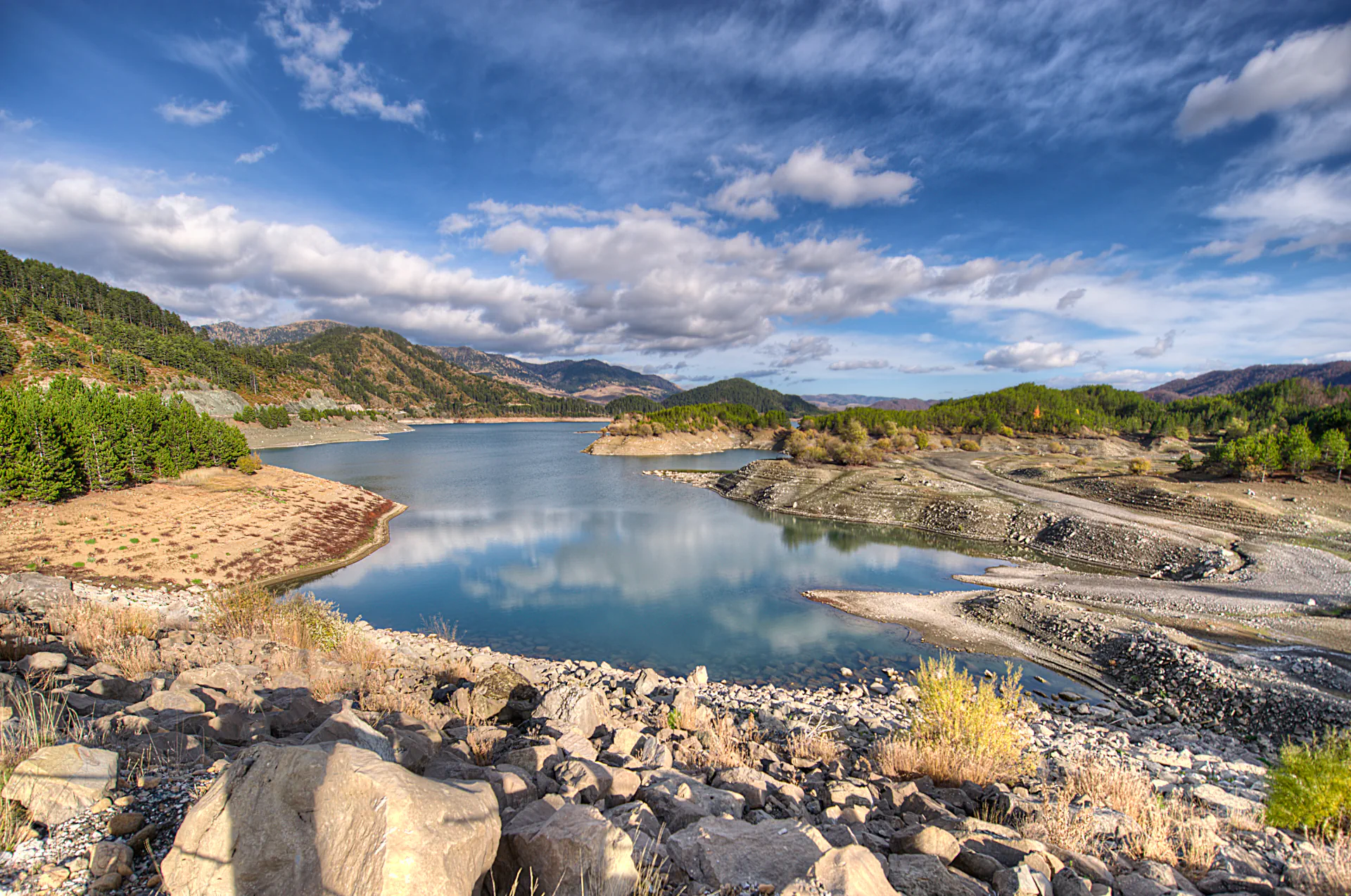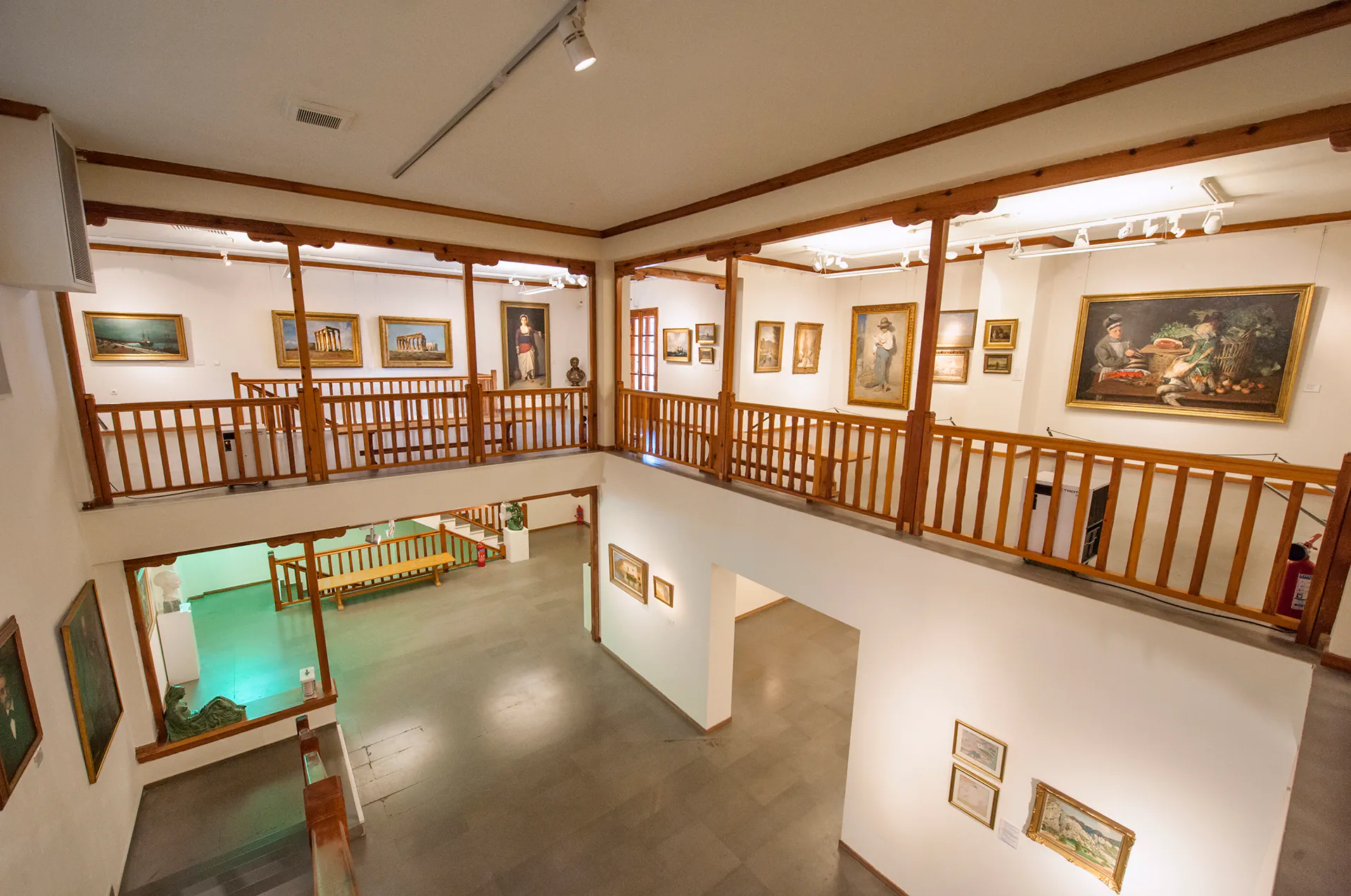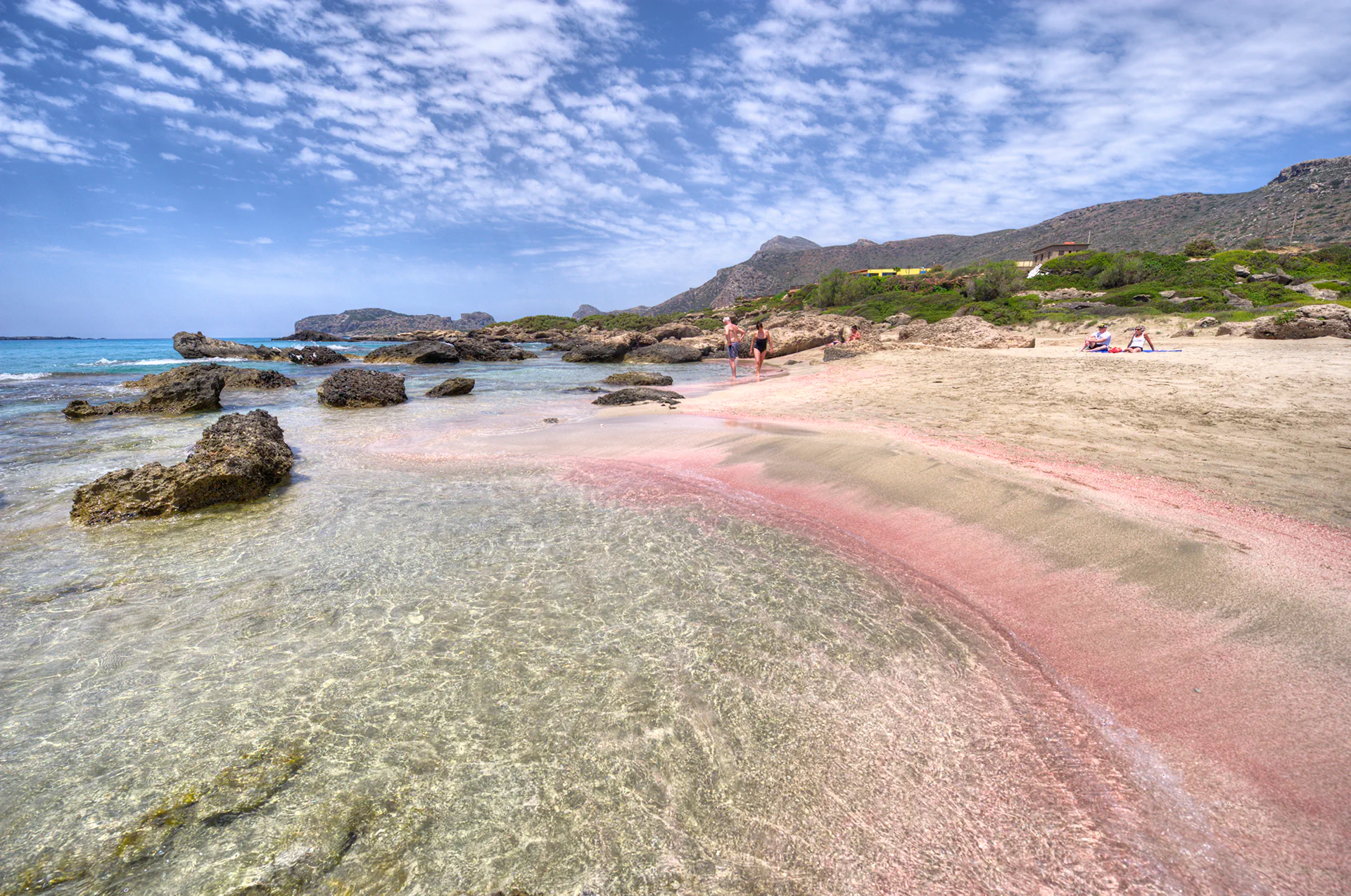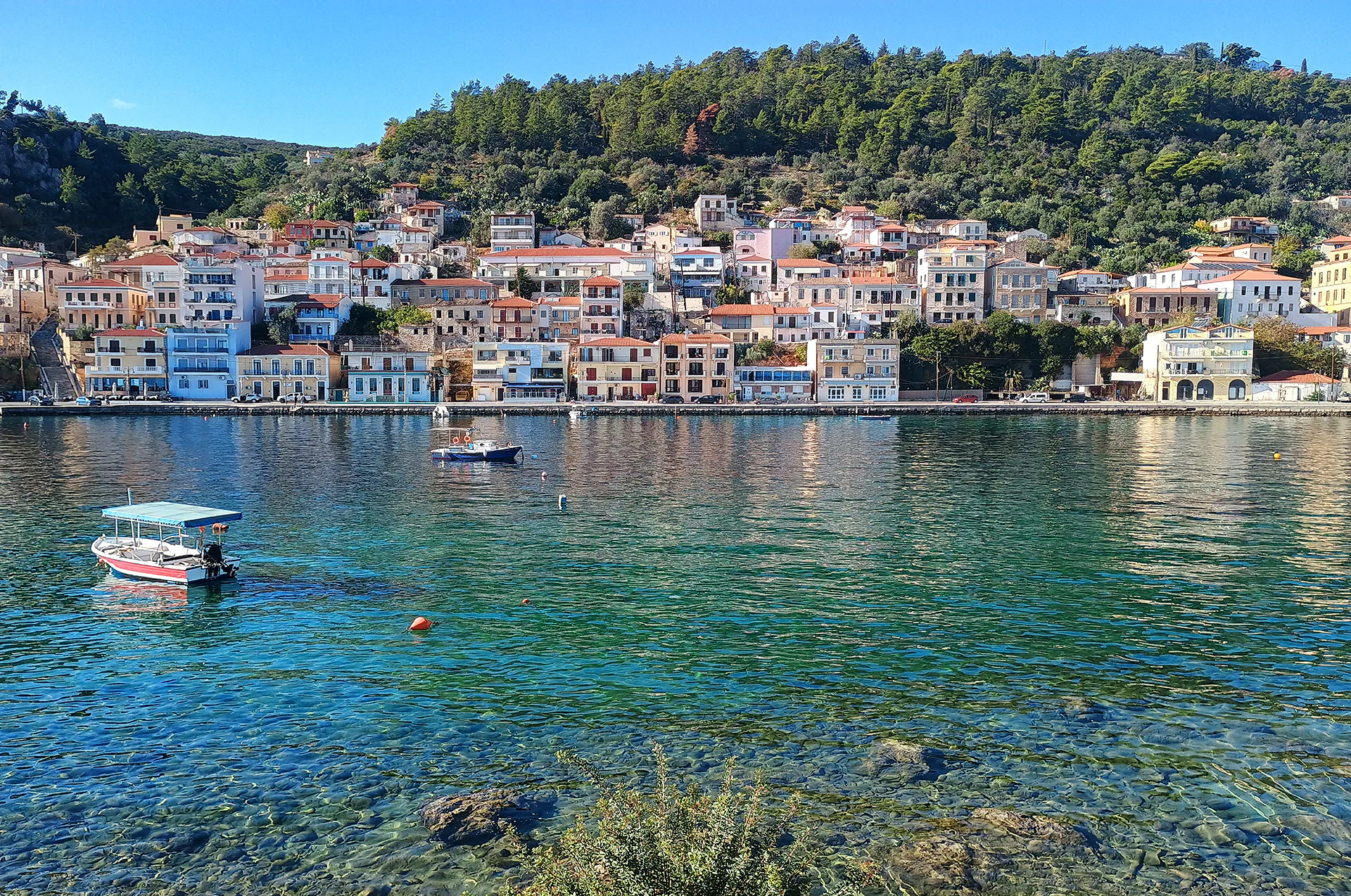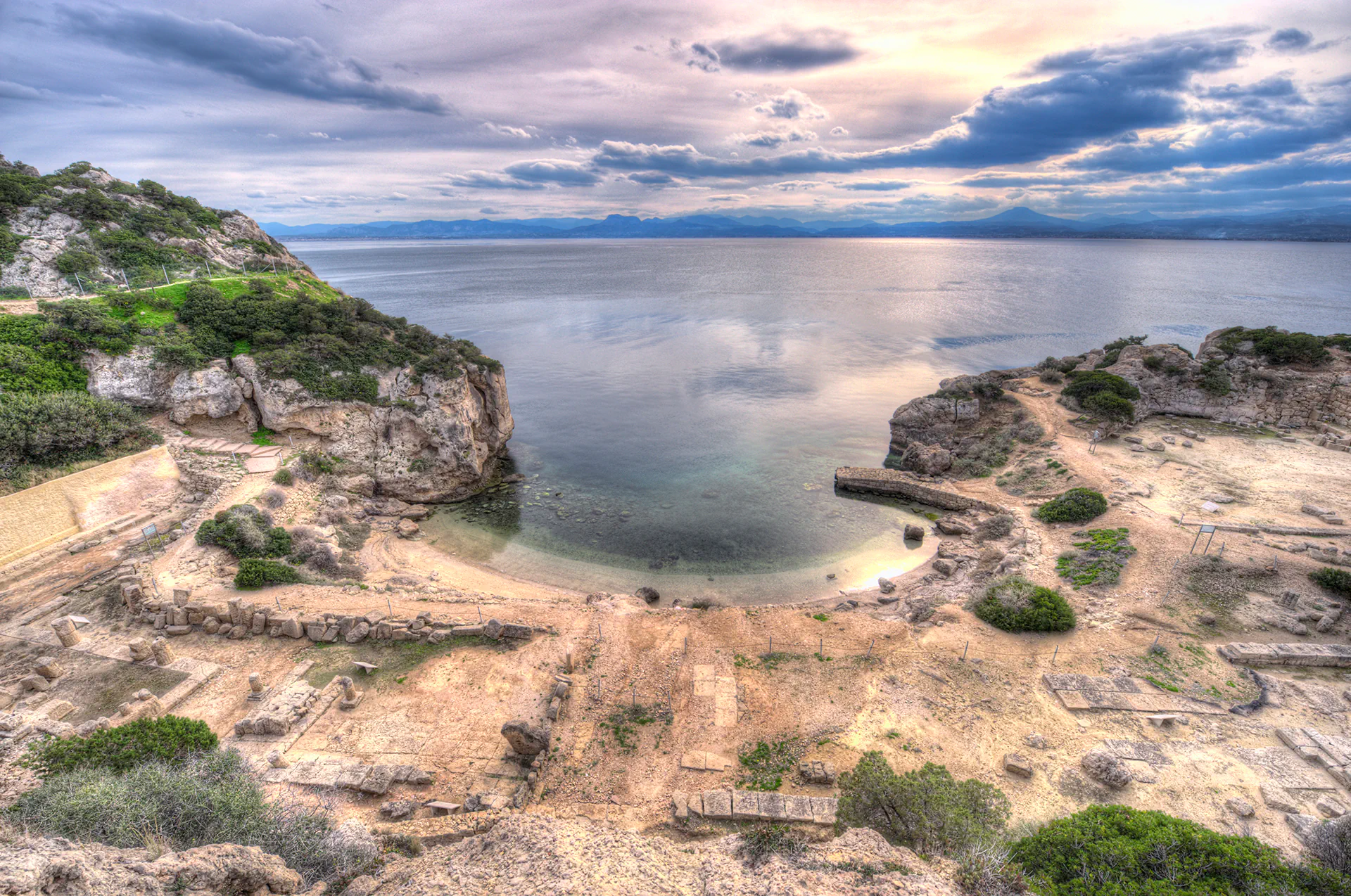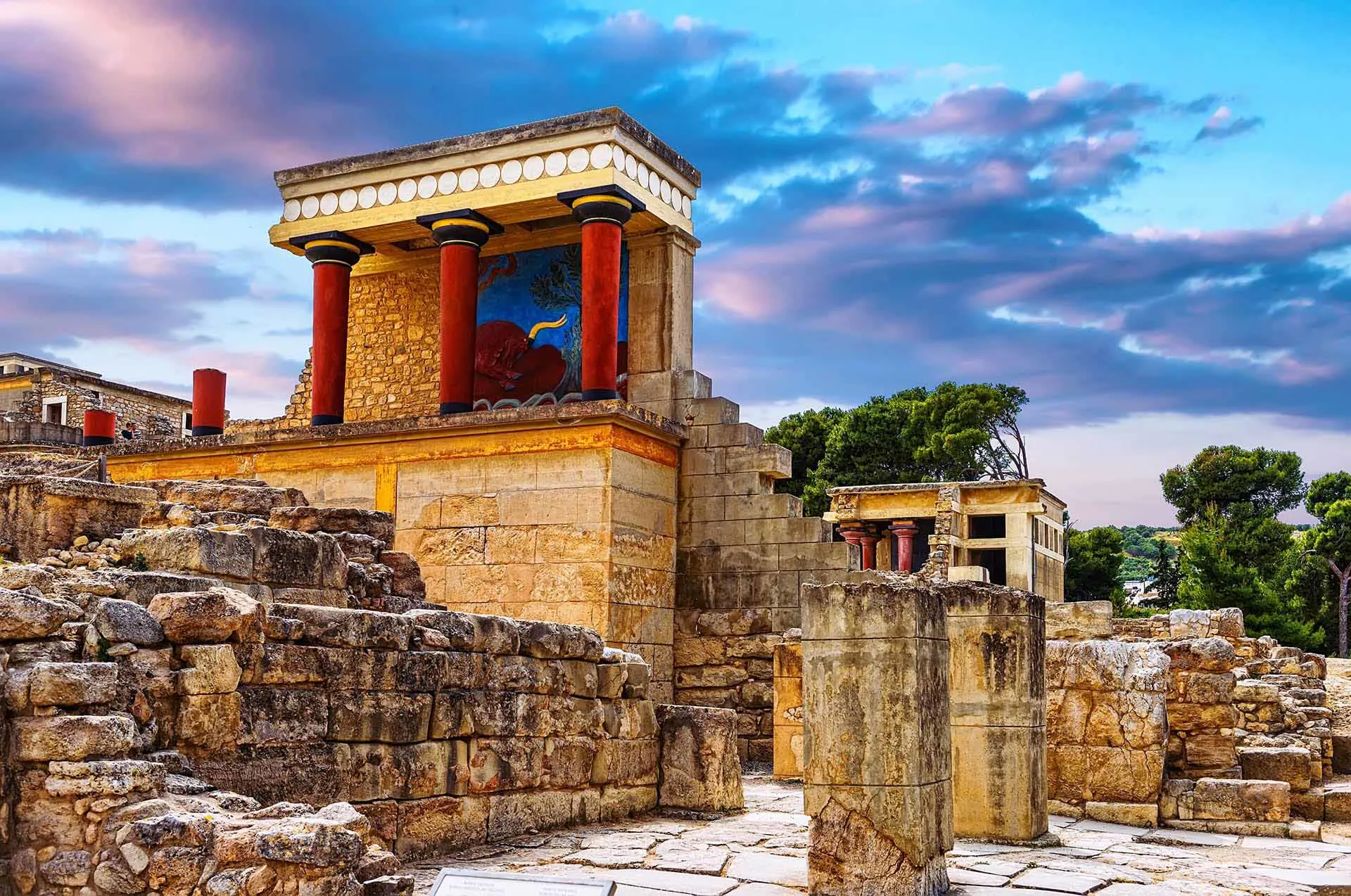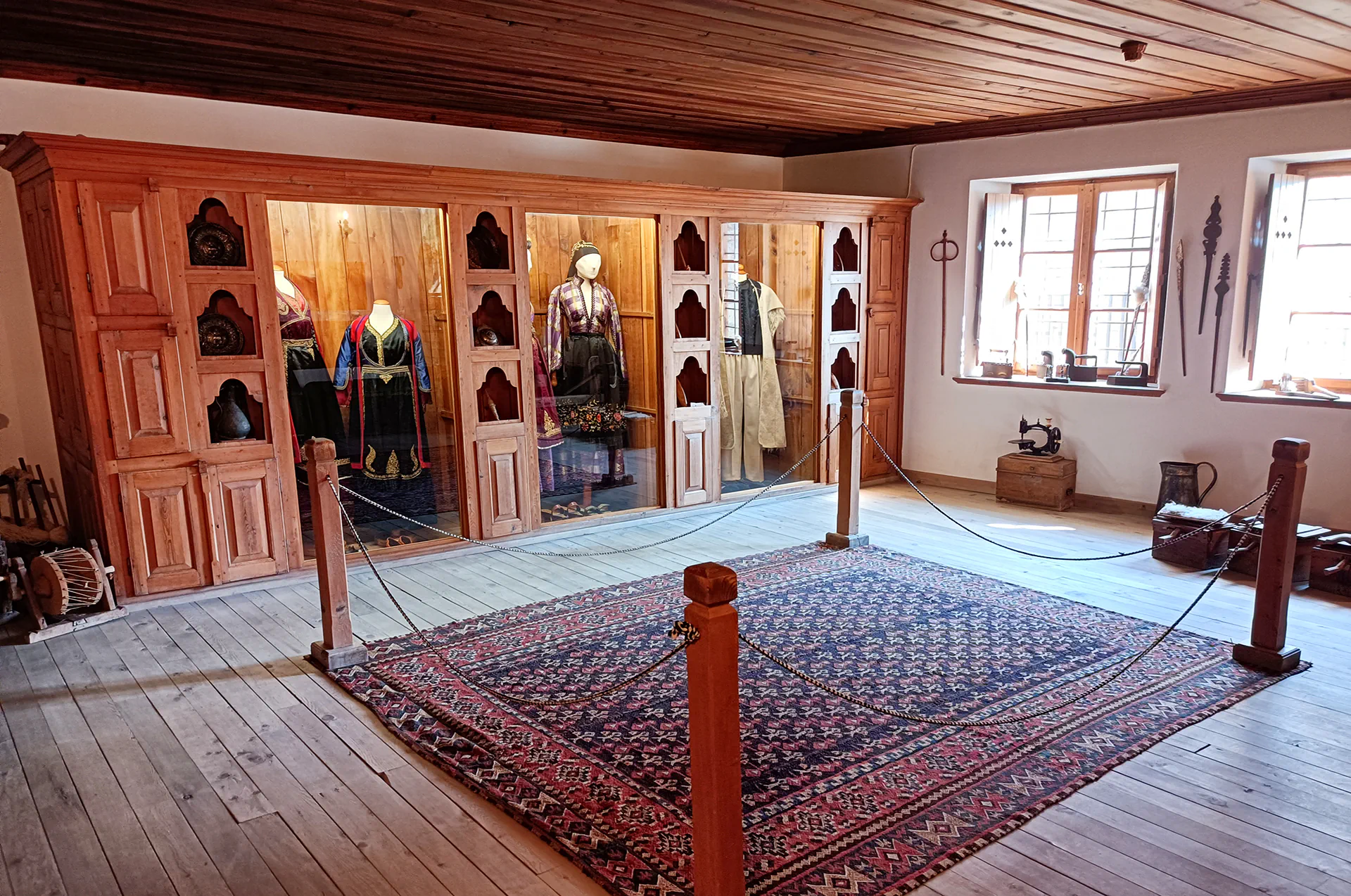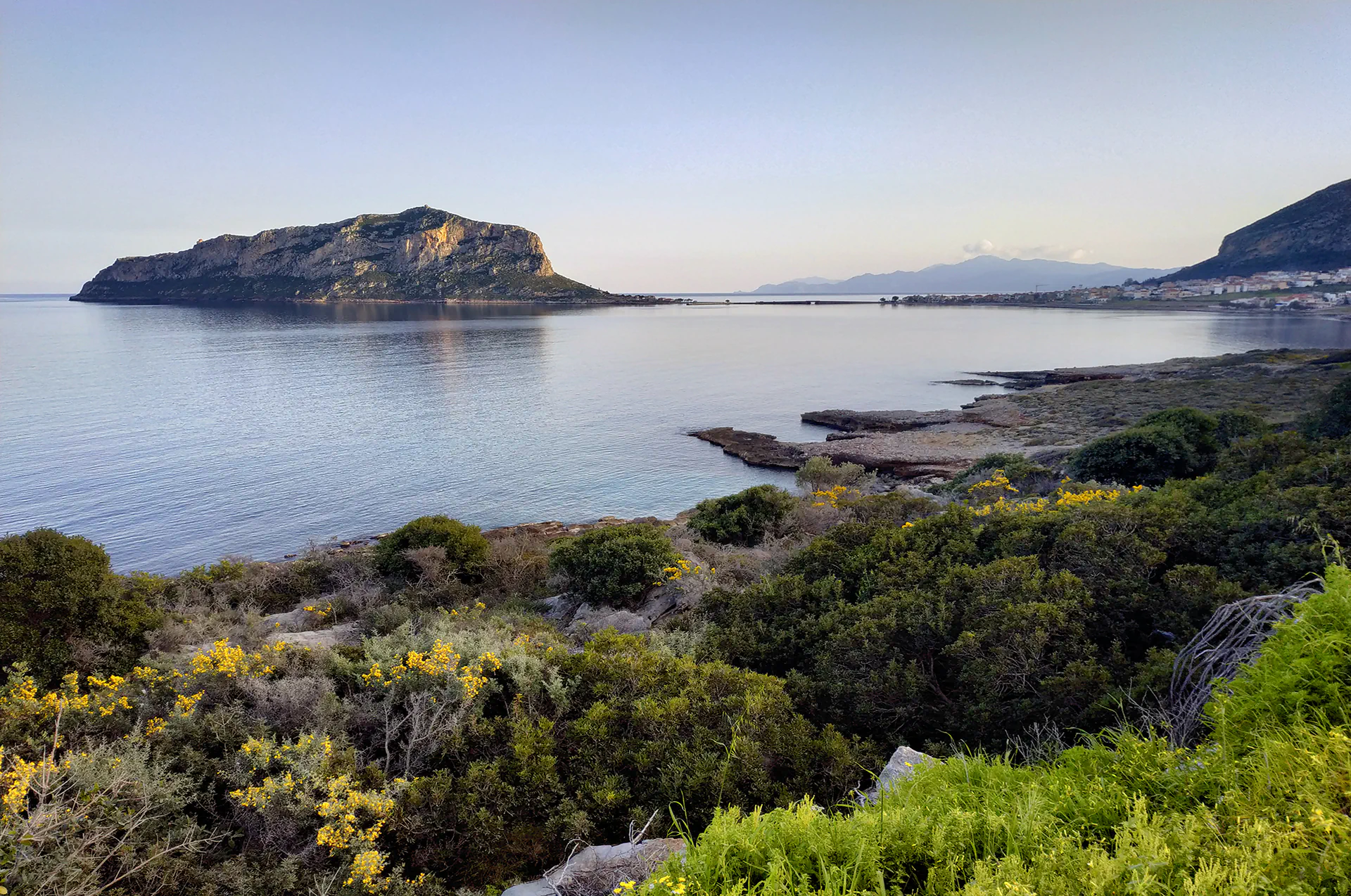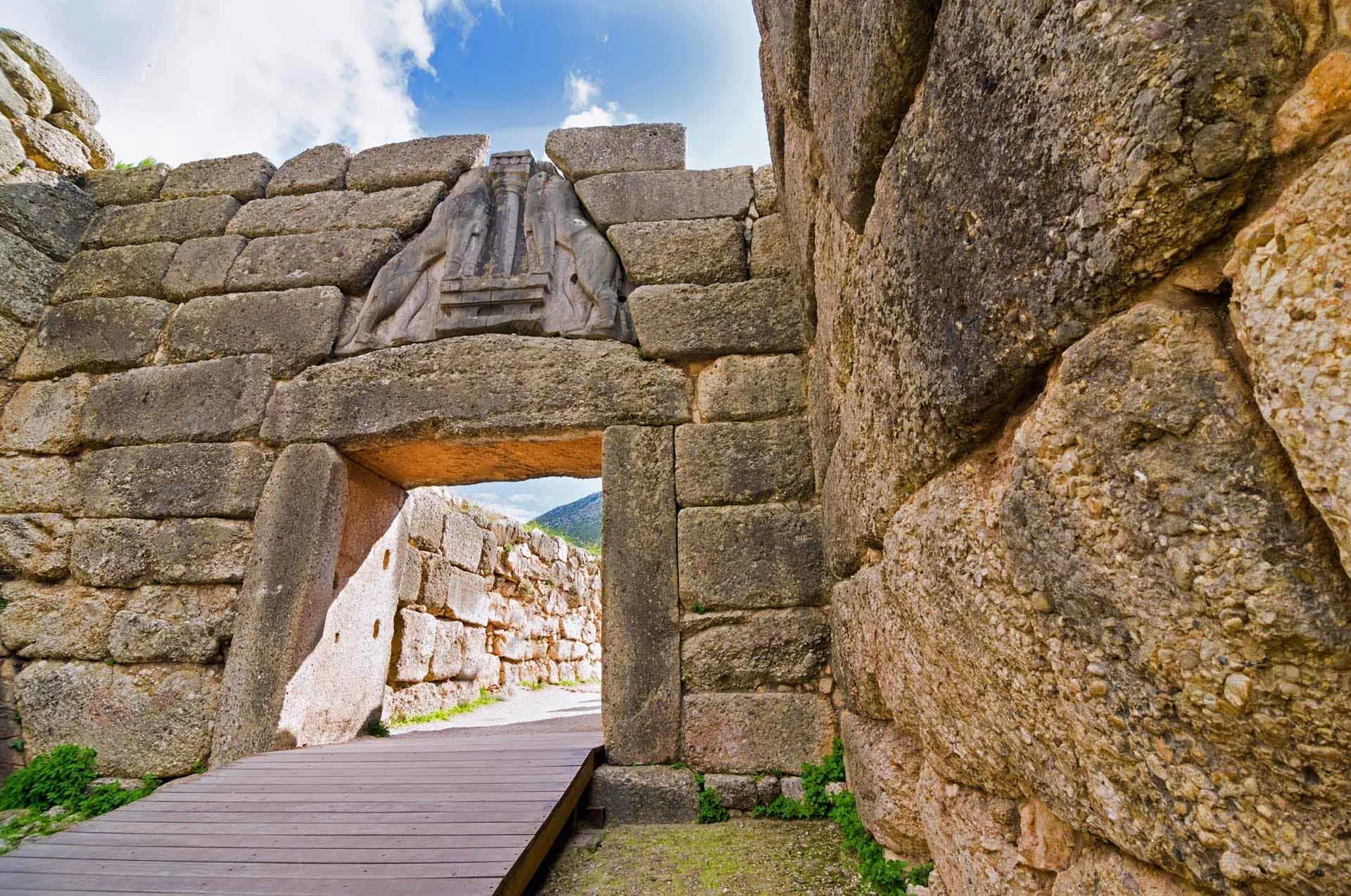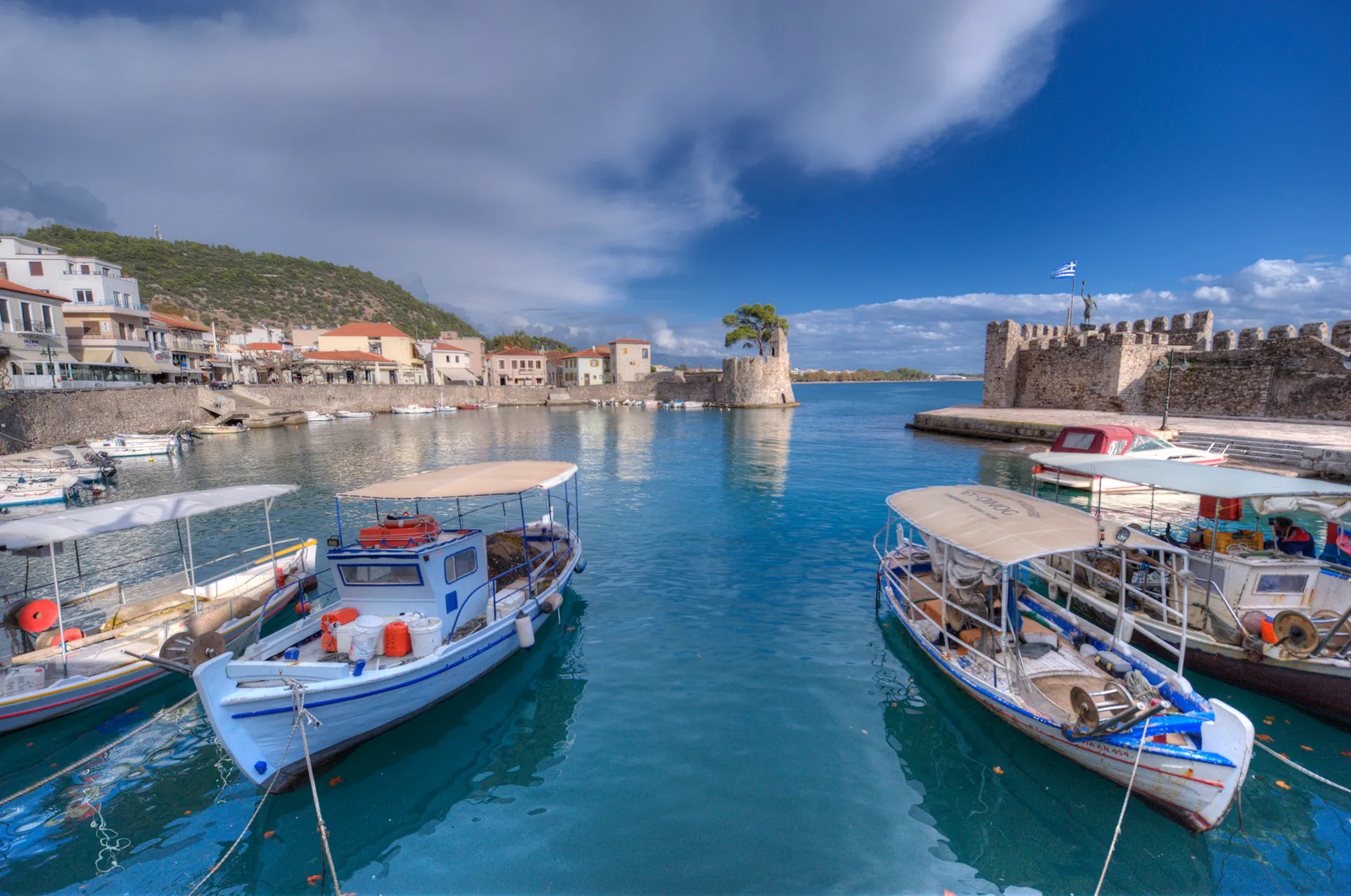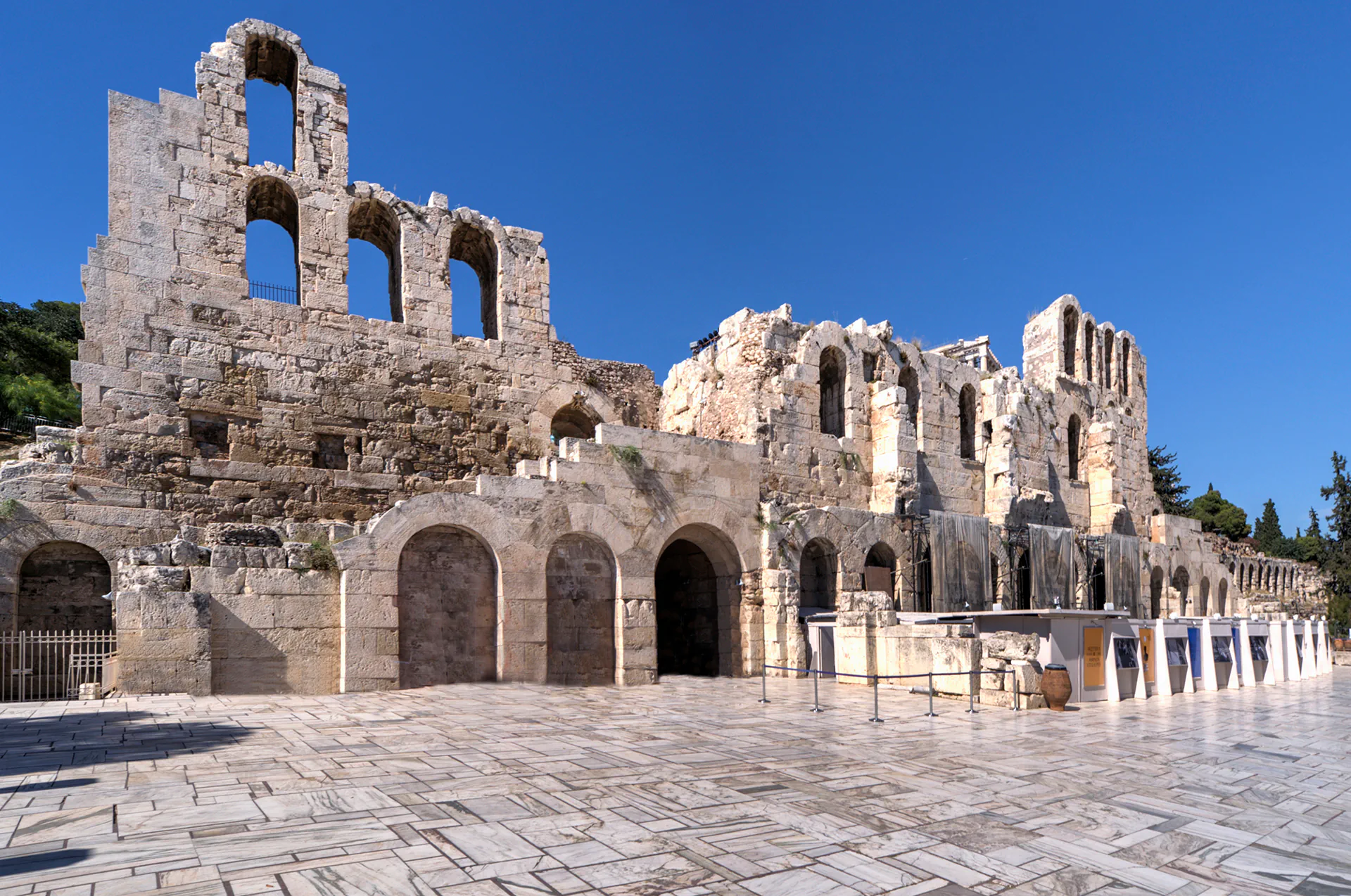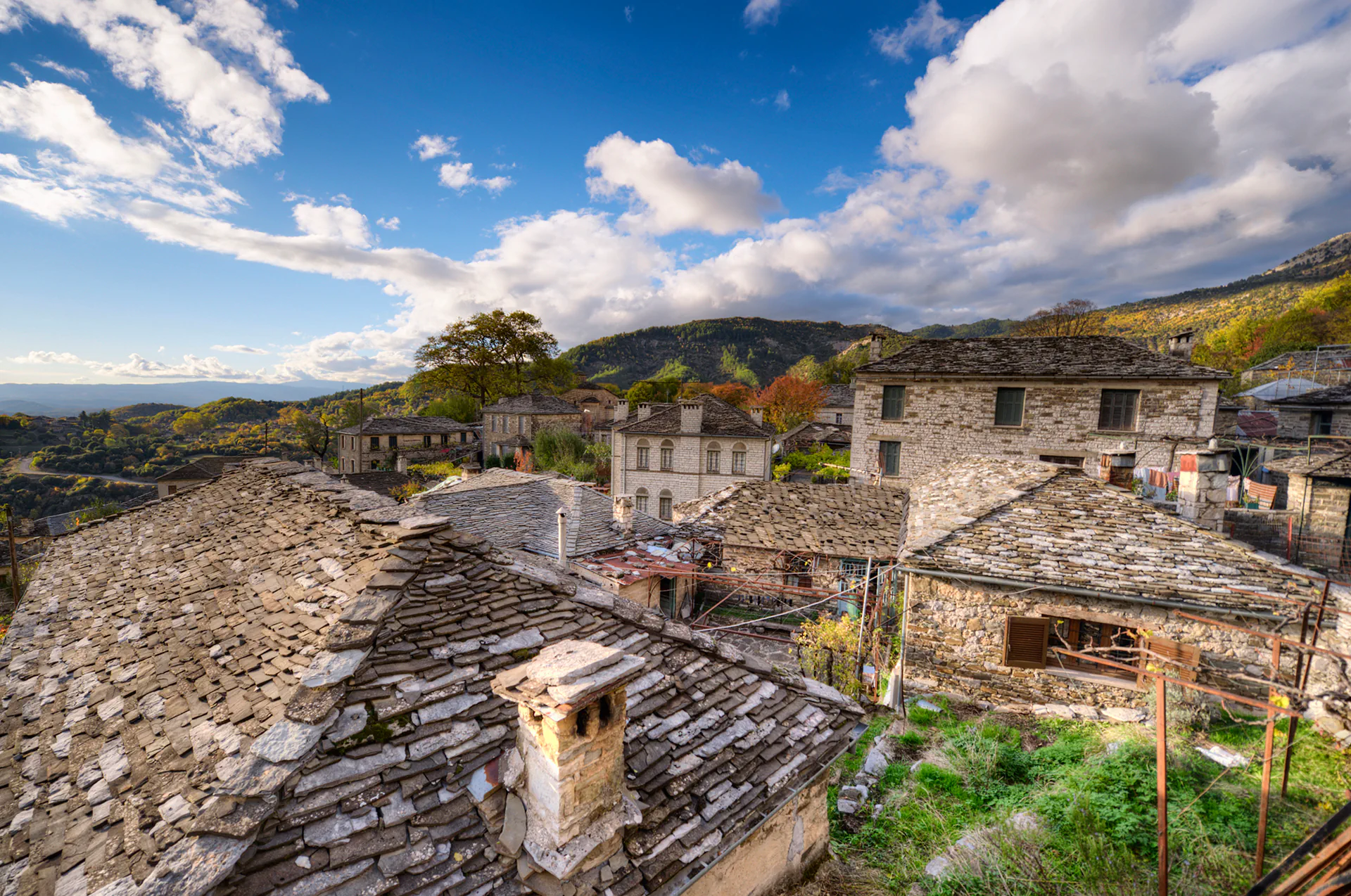Meteora, Greece – Discover the Breathtaking Rock Formations and Ancient Monasteries of This UNESCO World Heritage Site
Located in Thessaly in central Greece, Meteora is a stunning UNESCO World Heritage Site famous for its majestic rock formations and ancient monasteries. “Meteora” means “suspended in air,” perfectly describing the towering cliffs and the monasteries perched atop them. These sacred structures symbolize faith, resilience, and architectural marvels.
Formation of Meteora
The rock formations of Meteora were created millions of years ago through a combination of geological forces. Erosion from rivers and wind wore away the soft parts of the landscape, leaving behind towering sandstone pillars. Over time, these unique rock structures became ideal locations for monks seeking solitude, resulting in the construction of monasteries perched atop them. The result is a stunning landscape that blends nature’s raw power with human ingenuity.
History of Meteora
Meteora’s history dates back to the 11th century when hermit monks sought refuge atop the towering rock formations. In the 14th and 16th centuries, monasteries were built on these cliffs, creating a unique blend of spirituality and architecture. The monks aimed to escape from invaders and war, and over time, Meteora became a center for Orthodox Christianity in Greece. The monasteries, despite facing challenges and decline, remain active and hold immense cultural and religious significance today.
Why Visit Meteora?
1. Stunning Natural Beauty
Meteora is famous for its unique rock formations. The geological marvel consists of towering sandstone pillars, some rising as high as 400 meters. These rock formations offer awe-inspiring views and are a haven for outdoor enthusiasts.
2. Explore Ancient Monasteries
There are six active monasteries in Meteora, each with its own unique architecture and history. Visitors can step back in time as they explore these sacred buildings, filled with frescoes, artifacts, and ancient manuscripts. The monasteries offer breathtaking views of the surrounding valleys and hills.
3. Outdoor Activities: Hiking and Rock Climbing
For adventure seekers, Meteora offers numerous hiking trails that wind through the rock formations. These trails allow you to explore the landscape and appreciate the monasteries from various viewpoints. Rock climbing is also a popular activity, with the cliffs providing some of the best climbing opportunities in Europe.
4. Rich Cultural Experience
Meteora isn’t just about natural beauty; it’s also a place of rich culture and history. Visitors can learn about the spiritual practices of the Orthodox monks, discover local traditions, and explore the charming town of Kalambaka at the base of the rock formations.
Best Time to Visit Meteora
The best times to visit Meteora are during spring (April to June) and autumn (September to October) when the weather is mild, and the crowds are fewer. Summer can be hot, while winter is peaceful but cold, making spring and autumn the ideal seasons for exploration. Whether you’re seeking spiritual enlightenment, an adventurous hiking trip, or simply breathtaking views, Meteora is a destination that has it all. Its unique blend of natural beauty, historical significance, and cultural richness makes it a must-visit location for anyone traveling to Greece.












